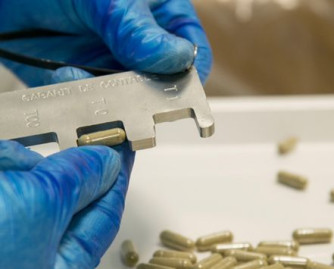Innovation
Arkorelax® Sleep Flexi-Doses
Discover
Offering innovative, safe and quality products, designed, manufactured and distributed in compliance with regulatory and normative standards is at the center of our concerns. This is materialized in particular by our various certifications.

Iso 22000 standard
Food supplements and dietary products
Iso 13485 standard
Medical devices
Good Manufacturing Practices (GMP)
Medicines
Norme Iso 50001
Energy management
Iso 14001 certification
Environmental management
Organic production (ecocert)
Organic food supplements